Tag: CRM
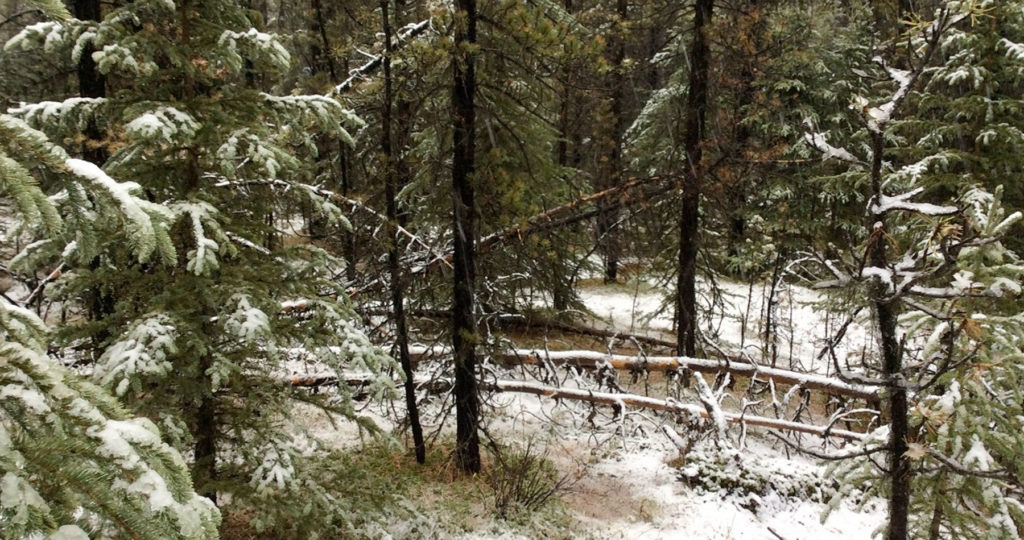
July 26, 2017
Wild Weather
Weather can change very quickly in the foothills. From one day to the next, and within the day itself. The following photos were taken all on the next day. The weather can also change a lot depending on your elevation. In order to get out of the valley we were in we had to drive
Keep Reading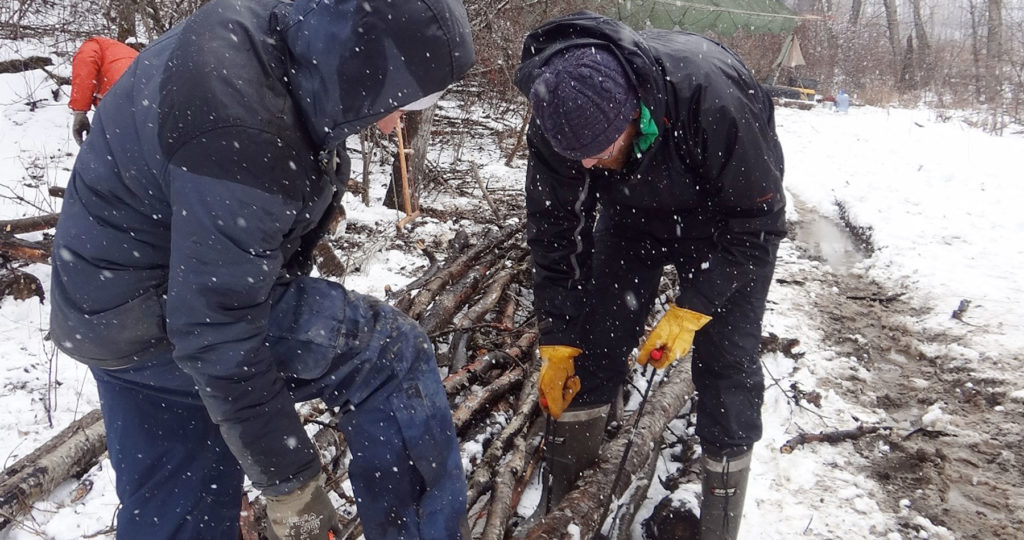
July 17, 2017
Survival in the Bush
If you spend a lot of time outdoors, either for work or for pleasure, you learn that the weather can change very quickly. You also become aware of how unforgiving mother nature can be. That is why it is so important to carry the right gear and to know some basic survival skills in case
Keep Reading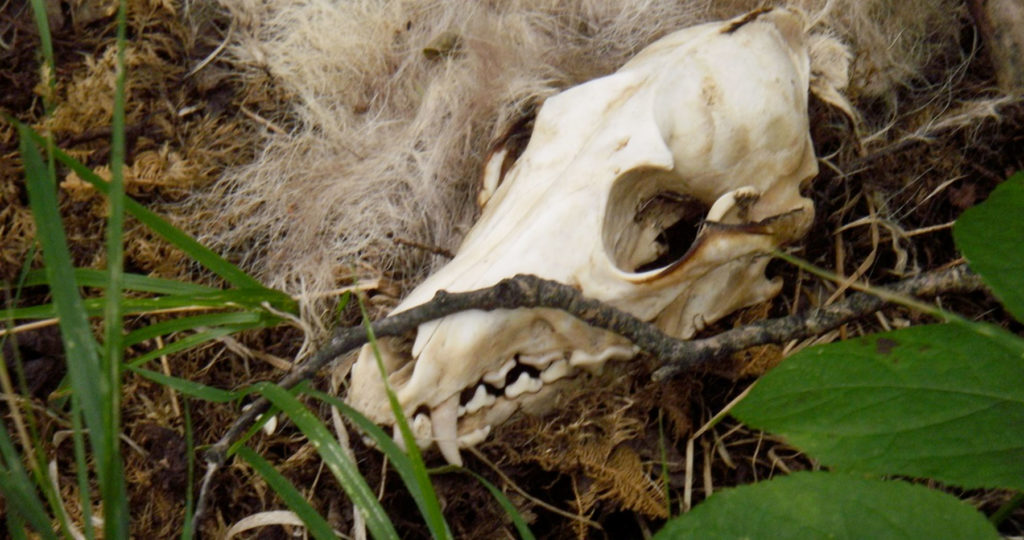
July 5, 2017
Animal Bones
During an archaeological survey or excavation when animals bones are found, we look for signs that they were somehow modified or processed by humans. Animals were not only a source for food, but their skin, fur, and bones had many other uses. We might find cut marks from a knife made during butchering, or the
Keep Reading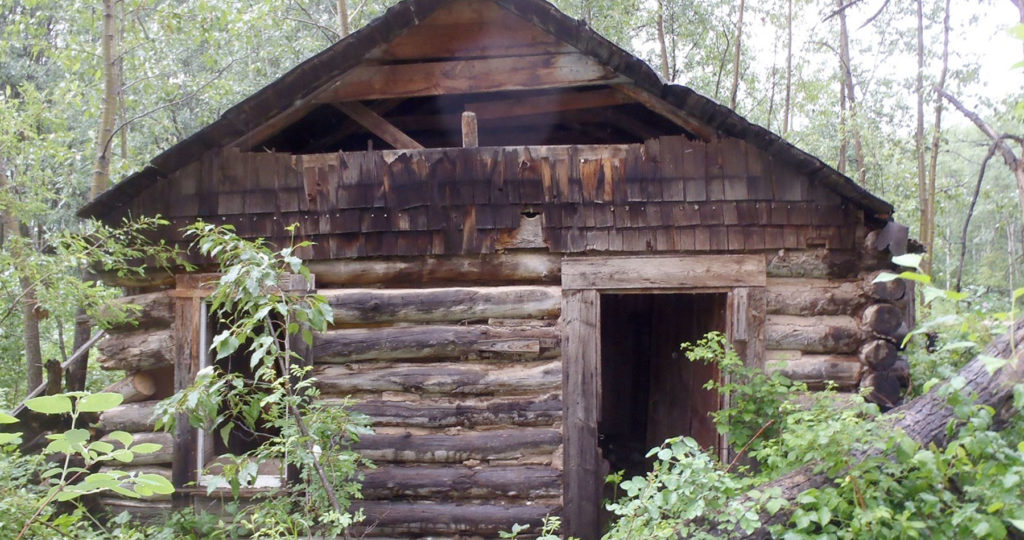
July 3, 2017
How Homestead Records Can Help Archaeology: An Example from Peace River
In the summer of 2016, while doing some work on behalf of Northern Sunrise County near Peace River, Tree Time archaeologists, recorded a cabin as an archaeological site. Although the cabin had clearly been renovated in the late 20th century with wood paneling and plastic sheeting, the cabin showed signs of earlier construction. The cabin
Keep Reading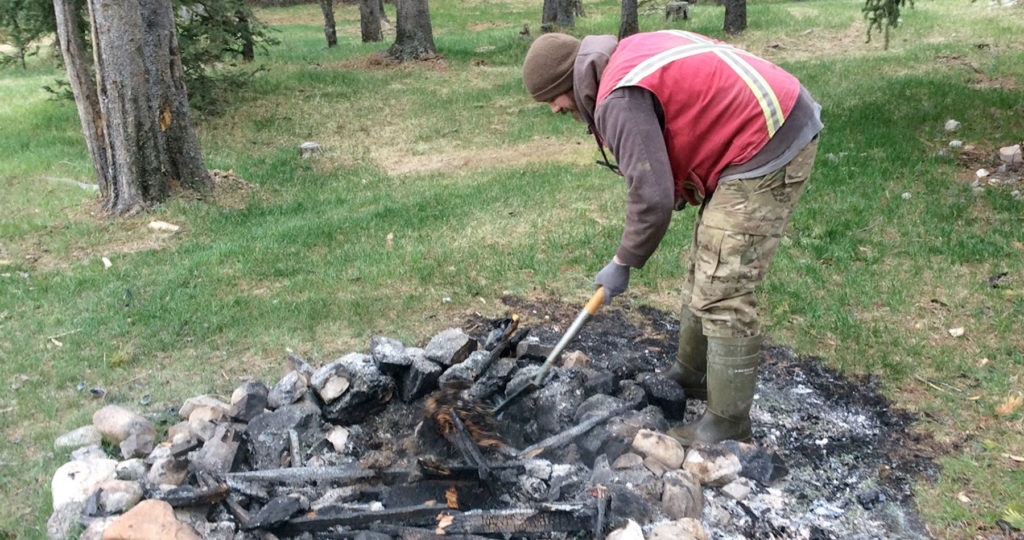
June 28, 2017
Abandoned Campfire
Living in Alberta, we all know how disastrous a forest fire can be. Some of you might have been personally affected by the devastating fires in Fort McMurry or in Slave Lake. Brian knows personally how dangerous forest fires are because he used to be a forest firefighter. Many of us at Tree Time have
Keep Reading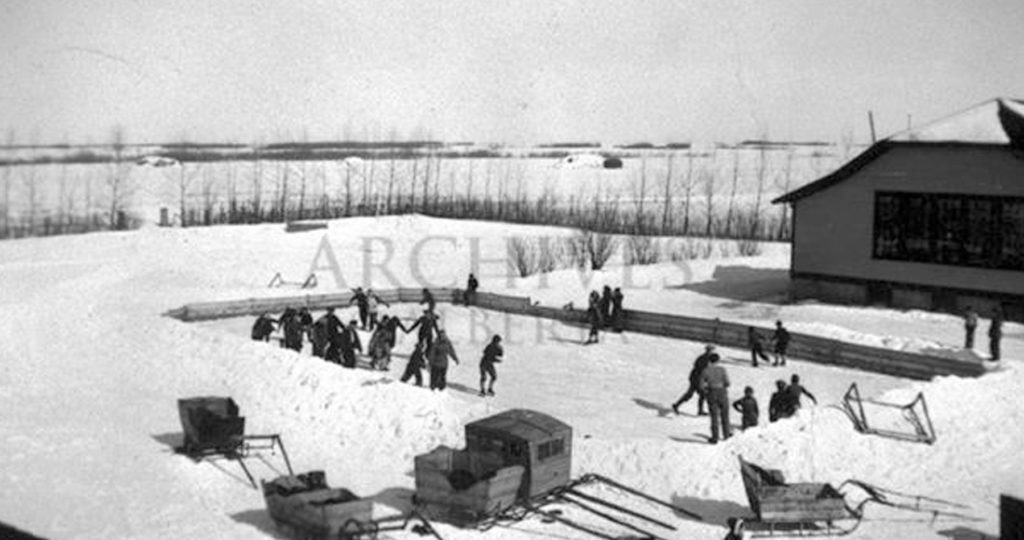
June 26, 2017
The Glenbow Museum Archives
The Glenbow Museum Archives are an exciting tool we can use as archaeologists to learn more about some historic sites that we encounter in our day to day field work, and to predict where we might find a certain type of historic site. We recently worked on a historic site located between Mundare and Vegreville
Keep Reading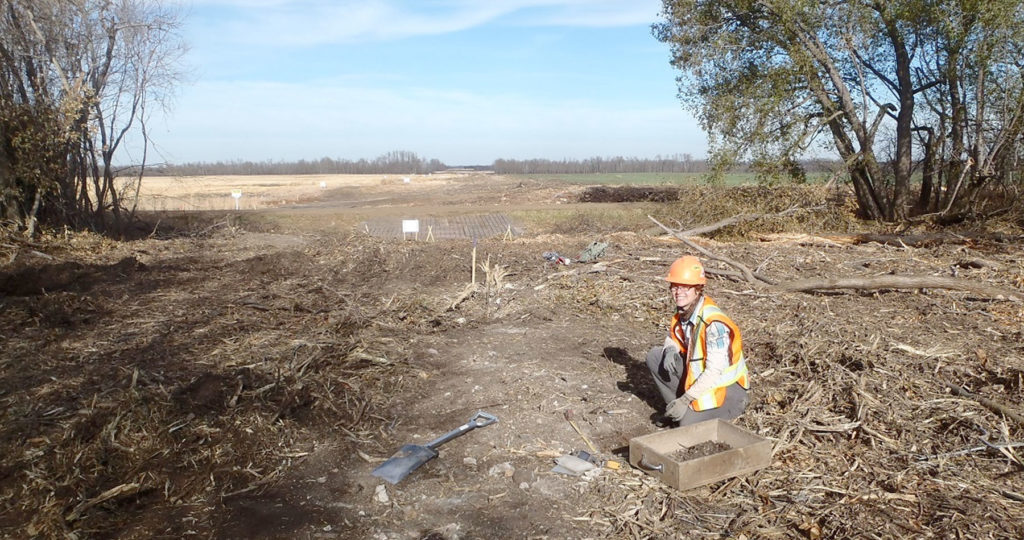
June 12, 2017
Kolomea School
In 2013 Tree Time archaeologists got a chance to work on a relatively rare type of historic period site in Alberta: a historic schoolhouse. The Kolomea school site was brought to the attention of Tree Time Services by construction personnel for a transmission line project. The site consists of three concrete foundations surrounded by non-native
Keep Reading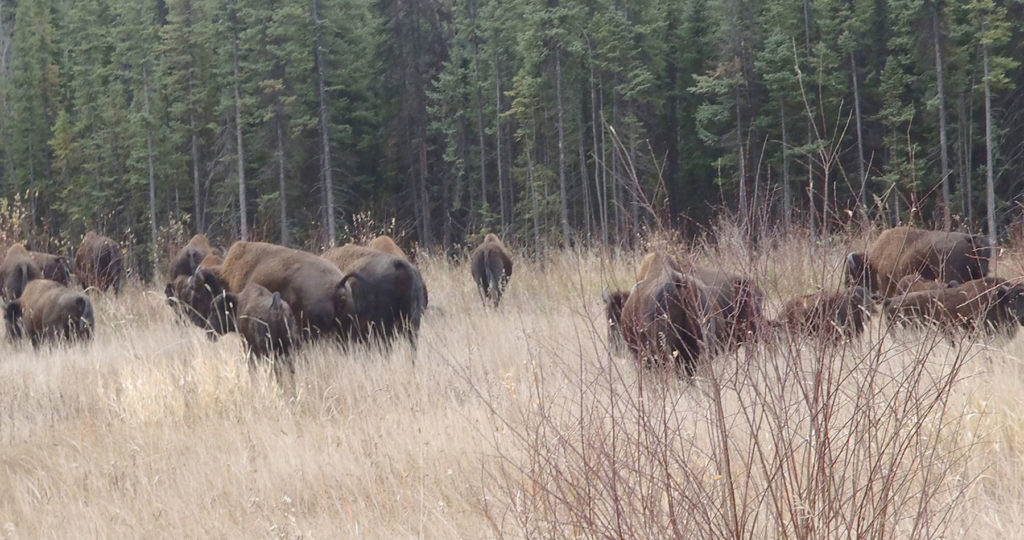
May 24, 2017
Wood Bison
While doing helicopter work near Zama City in 2014 we spotted a herd of bison. We were very surprised to find out that these impressive animals are not uncommon in the area. These Wood Bison are part of the Hay-Zama herd. What is exceptional about this heard as of 2015, there is no evidence of
Keep Reading
February 20, 2017
Finding Archaeological Sites from the sky using high-tech advances in archaeology
In recent months, news feeds have been erupting with stories of “Lost Maya Cities discovered using LiDAR”, “revealing the secrets of Stonehenge using LiDAR”, “LiDAR uncovers ancient city near Angkor Wat”, and the popularity of “space archaeologist” Sarah Parcak, but this technology is not limited to finding the remnants of “lost civilizations” in far reaching
Keep Reading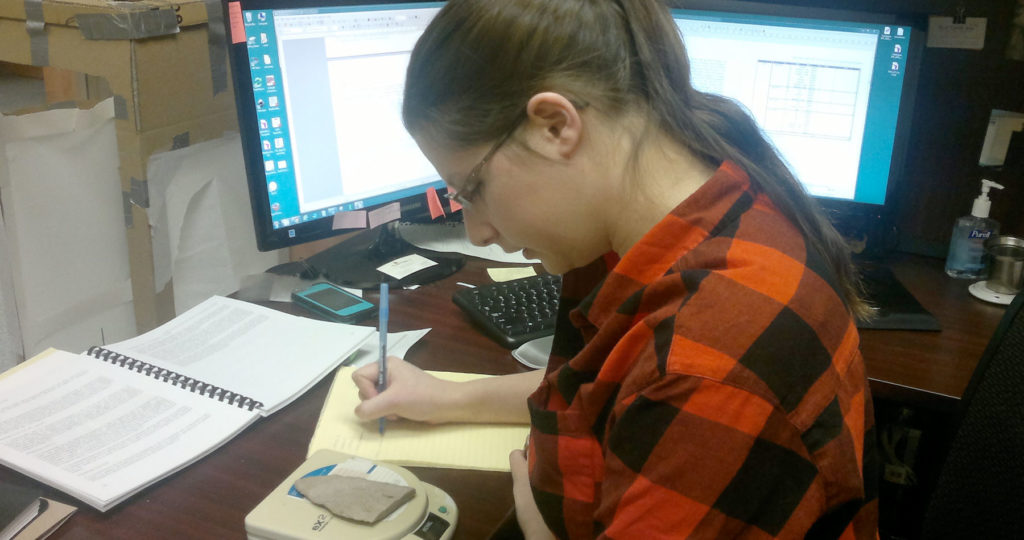
February 6, 2017
Introduction to CRM Part 5: Reporting
Once we have surveyed our targets and evaluated any sites we have found, it is time to return to the office. All of our notes are taken on an ipad in the field. Now all we have to do is export our notes into a database which eliminates the hours spent on data entry. Note
Keep Reading